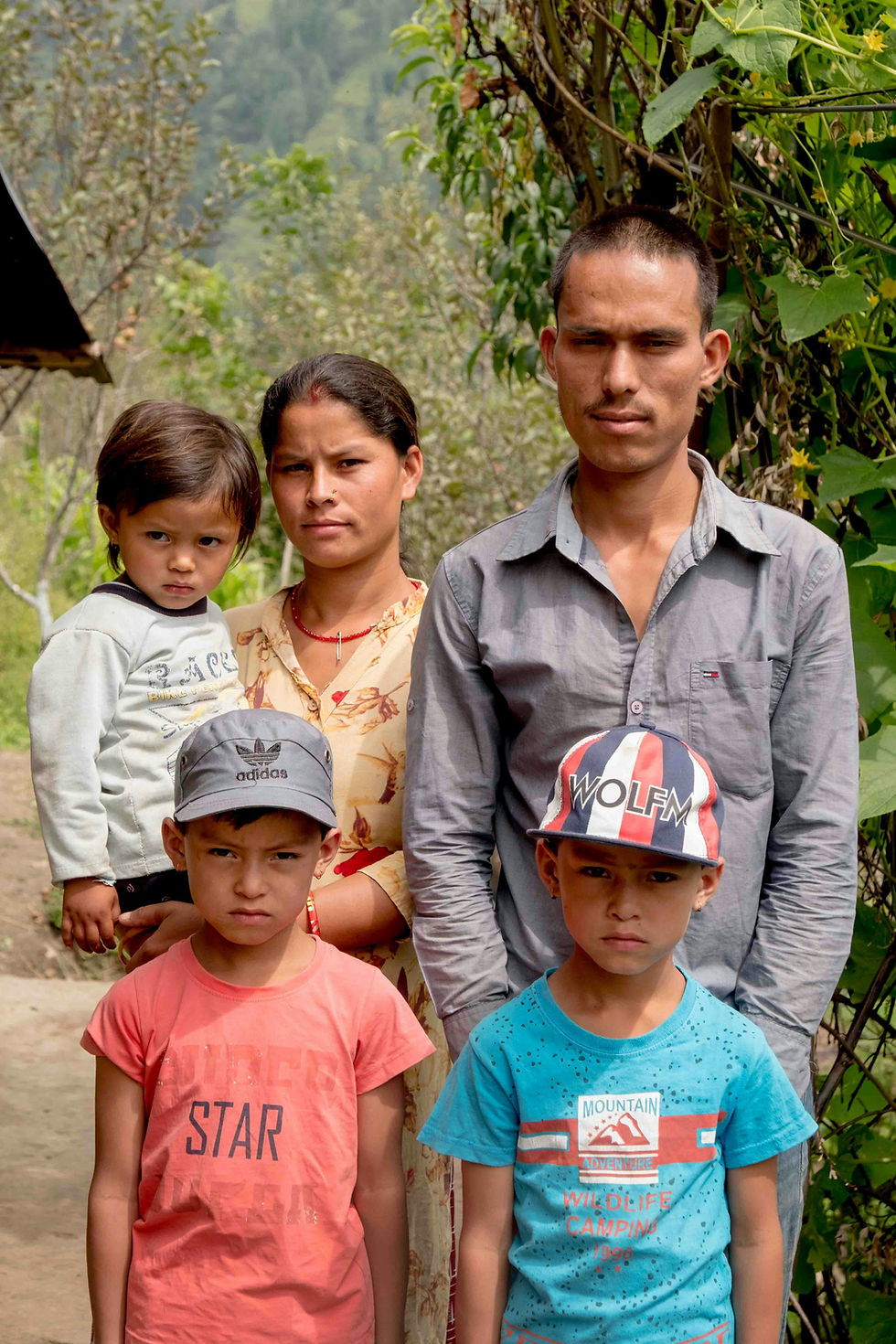Prevention is our best — and most underrated — weapon against opioids
- National Prevention Science Coalition

- Jul 15, 2022
- 3 min read

By Diana Fishbein
Opinion contributor - 07/14/22
The United States is in the midst of an unprecedented “syndemic” — multiple simultaneous crises — that has ravaged communities across the nation. COVID-19 took the country by storm, causing more than 1 million deaths, economic devastation and unimaginable suffering. We should not, however, lose sight of crises we were grappling with that were intensified by the pandemic that have now reached breaking points — particularly, the opioid crisis.
During the decades before the pandemic hit, overdoses from both nonmedical uses of prescription pain relievers and opioids accessed through street sources increased by 200 percent. Between 2020 and 2021, more than 100,000 American lives were lost to overdose, not to mention the impacts on families and the trauma suffered by children living with opioid-addicted caregivers. As communities struggle to combat this, one proven strategy to lower the rates of addiction has been largely overlooked: prevention.
It is indisputable that substance/opioid use disorders (SUD/OUD) are commonly preceded by psychological and behavioral problems, including academic failure, conduct problems, sensation-seeking, impulsivity, anxiety, depression and stress-related disorders. These problems can often be traced back to adverse “social determinants of health” (e.g., poverty, family dysfunction, racism, economic insecurity) that affect the ability of young people to develop effective cognitive, coping and prosocial skills. And in neighborhoods where these conditions are prevalent, there also tends to be less parental supervision, negative peer influences, marketing of harmful substances and community violence — all of which present opportunities and influences to engage in risky behaviors.
These conditions have a universal impact but are infinitely more significant for individuals with histories of adverse childhood experiences. In fact, individuals with four or more adverse childhood experiences are 1,030 percent more likely to use intravenous drugs.
Fortunately, strengthening protective factors — such as warm and involved parenting, social competency and coping skills, school attachment and supportive social and mental health services — can reduce the risk of developing opioid use disorder. Communities can take advantage of science-based programs that both reduce risk factors and increase the presence of protective factors. Solutions to the opioid epidemic can be realized through collaboration between policymakers, scientists and communities.
Over the past 40 years, prevention science has generated the knowledge and best practices that foster healthy childhood development and avert pathways away from substance use in the first place. The benefits can be seen in teenagers who, earlier on, received prevention programming in their homes, schools or neighborhoods; they are better able to successfully navigate adolescence and avoid risky behaviors. And in adulthood, they are more likely to be gainfully employed, involved in healthy relationships with others and have fewer mental and physical health challenges.
Achieving this end requires broad and consistent investment in preventive strategies and an appreciation for public health approaches overall. Embracing these well-tested strategies will give communities support to implement evidence-based programs that steer children away from drug use. Such programs and policies need to be implemented throughout different courses of life, with special emphasis during key developmental transitions (e.g., early childhood and adolescence) to provide for a safe, nurturing environment for healthy development.
Taking this knowledge into account will help lawmakers formulate policy solutions that are appropriately targeted to different subgroups and environmental contexts. Because the multiple life-course conditions that influence whether an individual will develop SUD/OUD are alterable and, in many cases, preventable, it is incumbent upon policymakers to act now and quickly.
Implementing effective policy solutions will encourage wiser expenditures with the potential to make a measurable dent in the problem. Proactive strategies for early identification of warning signs and preventing childhood exposure to contributory conditions are most promising. In addition to reducing drug abuse, there are added benefits to these prevention strategies, such as improved academic performance, reduced bullying and violence, healthier relationships and better emotional and physical health — all of which enhance positive community participation.
In short, true improvements in our nation’s drug policies require a more balanced portfolio that supports tertiary approaches (treatment, enforcement, regulatory actions) and a hefty dose of prevention guided by scientific evidence.
Scaling and sustaining prevention strategies requires the dedication of all stakeholders and support from policymakers. But ultimately, it will pay off by fostering healthier and better-connected communities that work to eliminate adverse social conditions and implement prevention science-based interventions that promote healthy child development and avoid wasting taxpayers’ money.
This piece appeared as an op-ed in The Hill on July 14th. It was written by Diana Fishbein. View the article in The Hill.
Diana Fishbein, Ph.D. is a senior scientist in the Frank Porter Graham Child Development Institute at the University of North Carolina-Chapel Hill. She is also part-time faculty at The Pennsylvania State University and co-director of the National Prevention Science Coalition to Improve Lives. Madeline Jupina, an intern with the National Prevention Science Coalition to Improve Lives, contributed to this piece.




Comments